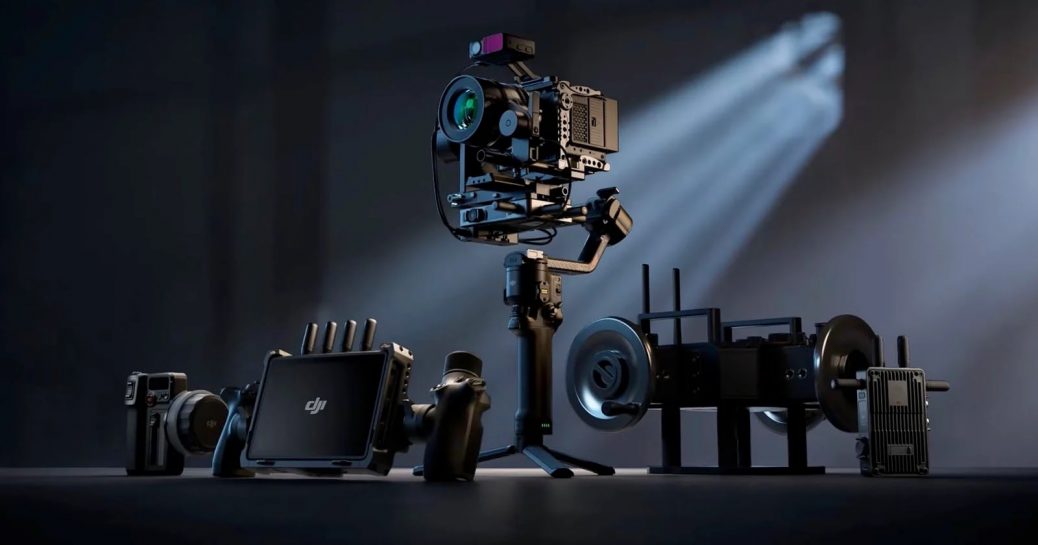DJI Introduces the RS 4 Series
DJI has improved its incredibly popular RS 4 and RS 4 Pro gimbals. These relatively compact gimbals are significantly inspired by their predecessors and promise similar payloads, but they have better usability and performance, including extended vertical shooting capabilities.
The most significant new feature in the RS 4 and RS 4 Pro is second-generation native vertical shooting. The newly built gimbal horizontal plate eliminates the need for extra accessories, allowing RS users to switch between landscape and portrait configurations instantly.
The RS 4 and RS 4 Pro have the same payload capacity as their predecessors: three and 4.5 kg, respectively. However, DJI claims that the RS 4 Pro’s motor provides 20% more torque across three axes, providing better power redundancy once balanced, resulting in more responsive and precise performance.
Another similarity is the OLED touchscreen, which now includes an auto-lock feature to prevent accidental touches while filming.
A new Car Mount mode optimizes the gimbal stabilization algorithm using vehicle vibration and wind resistance data. The overall stabilization algorithm has been adjusted for various use scenarios, resulting in improved stability and user experience, particularly during fast-paced, dynamic movements.
The RS 4 Pro is also compatible with DJI’s new Focus Pro LiDAR and Focus Pro Motor attachments, allowing solo shooters to achieve more accurate and intelligent autofocus performance from cameras up to 20 meters away. Users can also pair the next-generation ActiveTrack Pro with various attachments, which promise top-tier subject-tracking capabilities. The RS 4 Pro has two focus motors that can adjust focus, zoom, and aperture.
The DJI RS 4 and RS 4 Pro will be available starting today. The RS 4 starts at $549, while the RS 4 Pro costs $869. There are various combos available, including the Focus Pro Motor. The RS 4 Combo costs $719, while the RS 4 Pro Combo costs $1,099.


